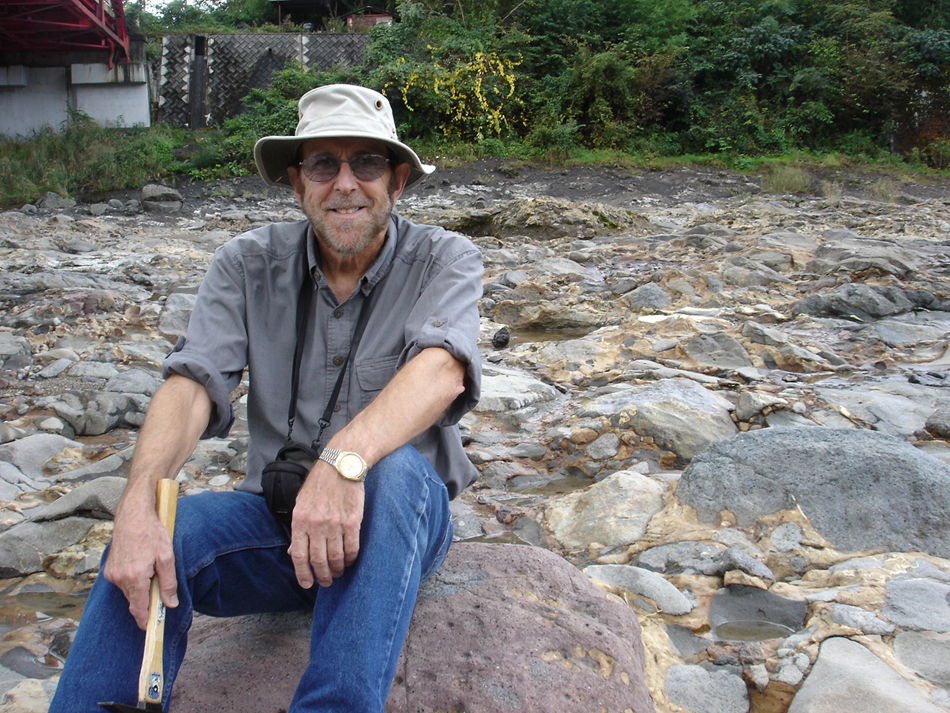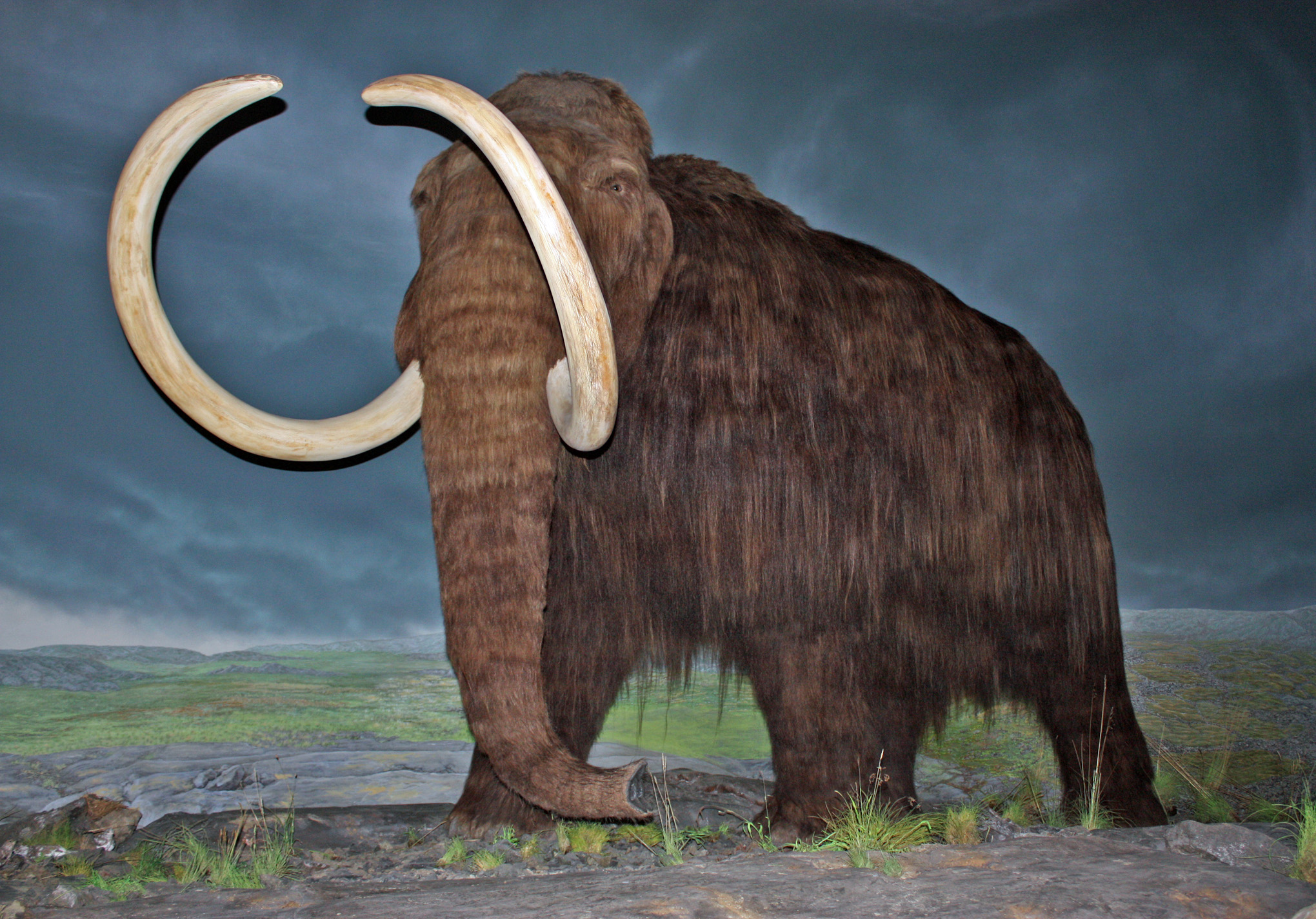The following is a press release by the UCSB Office of Public Affairs dated March 5, 2012:
A 16-member international team of researchers that includes James Kennett, professor of earth science at UC Santa Barbara, has identified a nearly 13,000-year-old layer of thin, dark sediment buried in the floor of Lake Cuitzeo in central Mexico. The sediment layer contains an exotic assemblage of materials, including nanodiamonds, impact spherules, and more, which, according to the researchers, are the result of a cosmic body impacting Earth. These new data are the latest to strongly support of a controversial hypothesis proposing that a major cosmic impact with Earth occurred 12,900 years ago at the onset of an unusual cold climatic period called the Younger Dryas. The researchers’ findings appear today in the Proceedings of the National Academy of Sciences.
Conducting a wide range of exhaustive tests, the researchers conclusively identified a family of nanodiamonds, including the impact form of nanodiamonds called lonsdaleite, which is unique to cosmic impact. The researchers also found spherules that had collided at high velocities with other spherules during the chaos of impact. Such features, Kennett noted, could not have formed through anthropogenic, volcanic, or other natural terrestrial processes. “These materials form only through cosmic impact,” he said.
The data suggest that a comet or asteroid –– likely a large, previously fragmented body, greater than several hundred meters in diameter –– entered the atmosphere at a relatively shallow angle. The heat at impact burned biomass, melted surface rocks, and caused major environmental disruption. “These results are consistent with earlier reported discoveries throughout North America of abrupt ecosystem change, megafaunal extinction, and human cultural change and population reduction,” Kennett explained.
The sediment layer identified by the researchers is of the same age as that previously reported at numerous locations throughout North America, Greenland, and Western Europe. The current discovery extends the known range of the nanodiamond-rich layer into Mexico and the tropics. In addition, it is the first reported for true lake deposits.
In the entire geologic record, there are only two known continent-wide layers with abundance peaks in nanodiamonds, impact spherules, and aciniform soot. These are in the 65-million-year-old Cretaceous-Paleogene boundary layer that coincided with major extinctions, including the dinosaurs and ammonites; and the Younger Dryas boundary event at 12,900 years ago, closely associated with the extinctions of many large North American animals, including mammoths, mastodons, saber-tooth cats, and dire wolves.
“The timing of the impact event coincided with the most extraordinary biotic and environmental changes over Mexico and Central America during the last approximately 20,000 years, as recorded by others in several regional lake deposits,” said Kennett. “These changes were large, abrupt, and unprecedented, and had been recorded and identified by earlier investigators as a ‘time of crisis.’ “
Other scientists contributing to the research include Isabel Israde-Alcántara and Gabriela Dominguez-Vásquez of the Universidad Michoacana de San Nicólas de Hidalgo; James L. Bischoff of the U.S. Geological Survey; Hong-Chun Li of National Taiwan University; Paul S. DeCarli of SRI International; Ted E. Bunch and James H. Wittke of Northern Arizona University; James C. Weaver of Harvard University; Richard B. Firestone of Lawrence Berkeley National Laboratory; Allen West of GeoScience Consulting; Chris Mercer of the National Institute for Materials Science; Sujing Zie and Eric K. Richman of the University of Oregon, Eugene; and Charles R. Kinzie and Wendy S. Wolbach of DePaul University.





